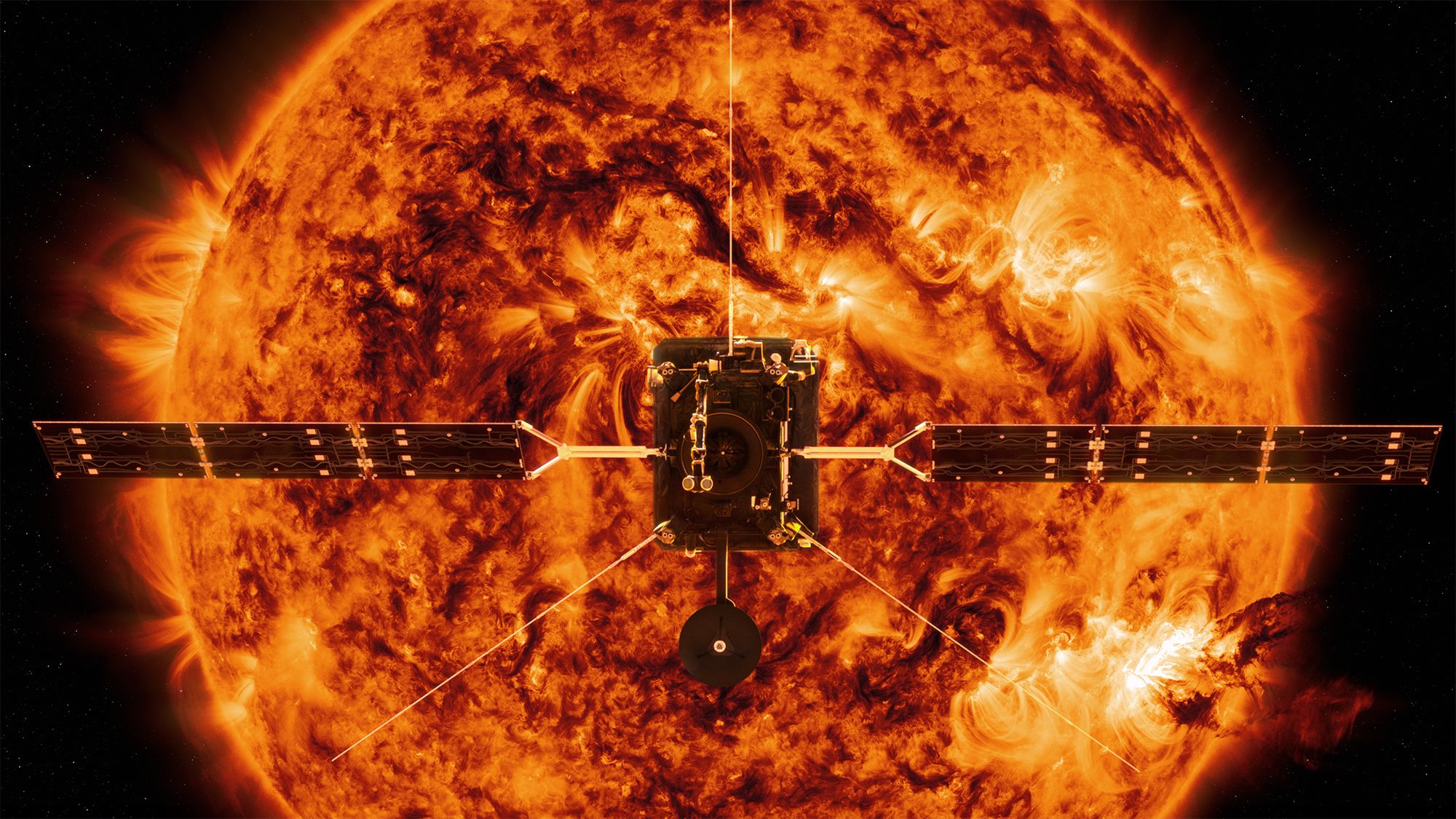A spacecraft built jointly by U.S. and European space agencies is ready for a blazing journey to the sun to capture an unprecedented view of its two poles, an angle that could help researchers understand how the star's vast bubble of magnetic energy affects Earth.
The Solar Orbiter spacecraft will lift off from a Florida launch pad on Sunday and autonomously unfold an array of solar panels and antennas before carrying on toward the sun for a 10-year mission mapping its polar regions.
Mapping the sun's poles could allow scientists for the first time to observe the concentrated source of solar wind — a stream of plasma and charged particles that beam outward and sustains the solar system's protective outer bubble that breathes in and out in harmony with the solar wind.
















With your current subscription plan you can comment on stories. However, before writing your first comment, please create a display name in the Profile section of your subscriber account page.